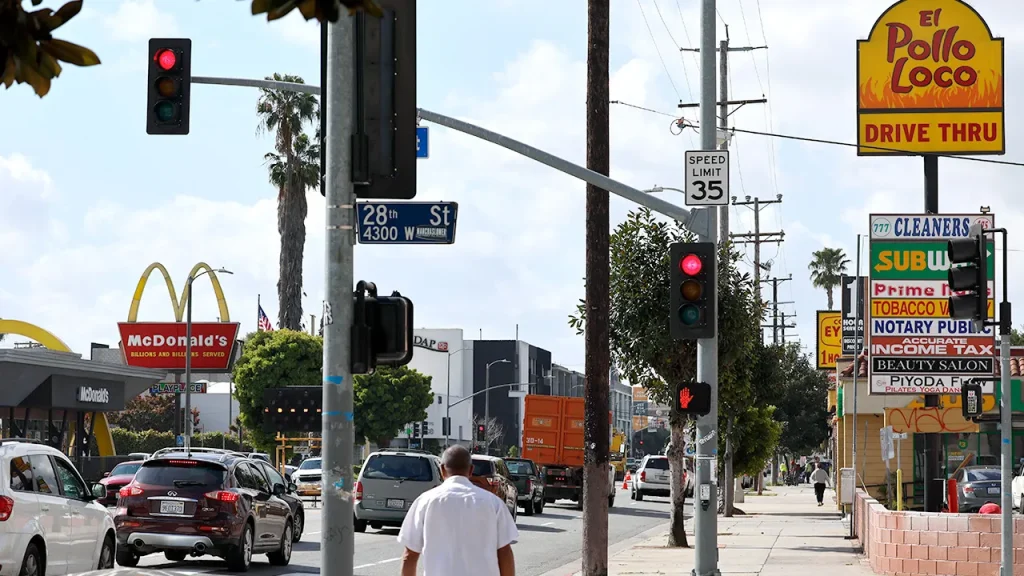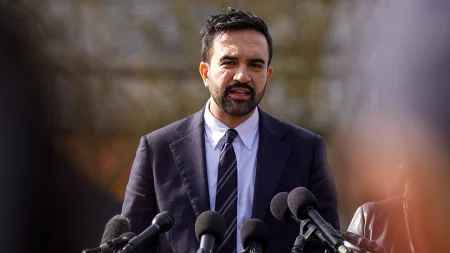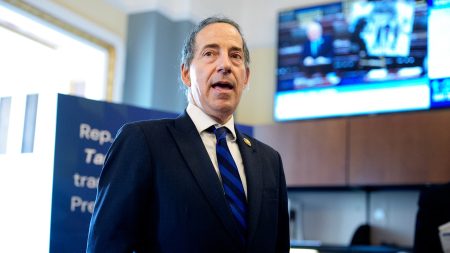SNAP Benefits Being Used at Fast-Food Chains: Taxpayers Funding $250 Million Annually
A recent investigation spearheaded by Republican Senator Joni Ernst of Iowa has revealed that American taxpayers are funding nearly $250 million annually for fast-food purchases through the Supplemental Nutrition Assistance Program (SNAP) across nine states. This spending occurs through a specific initiative called the Restaurant Meals Program (RMP), which was originally designed as a narrow exception for vulnerable populations without cooking facilities. The program now operates in Arizona, California, Illinois, Maryland, Massachusetts, Michigan, New York, Rhode Island, and Virginia—eight of which are led by Democratic administrations. Senator Ernst has expressed significant concerns about this use of public funds, suggesting it contradicts the core nutrition-focused mission of SNAP, and has proposed legislation to address what she views as problematic expansion of the program.
When SNAP was established in 1964 under the Food Stamps Act, its primary purpose was clear: provide vulnerable Americans with essential food items like meats, fruits, and vegetables that could be prepared at home. The program explicitly excluded hot foods ready for immediate consumption. However, a 1977 amendment created the Restaurant Meals Program exception to help homeless individuals without kitchen access purchase prepared meals using their benefits. Over time, eligibility expanded to include elderly and disabled individuals and their spouses. What began as a limited exemption has grown considerably, with California making a significant expansion in 2021 that allowed numerous fast-food chains—including McDonald’s, Domino’s Pizza, and Jack in the Box—to accept SNAP benefits statewide. The data uncovered by Ernst’s office shows California alone accounts for over 90% of all Restaurant Meals Program spending nationwide, totaling more than $475 million between June 2023 and May 2025.
“The ‘N’ in SNAP stands for nutrition not nuggets with a side of fries,” Senator Ernst told Fox News Digital, employing fast-food wordplay to emphasize her point. “I wish I was McRibbing you but $250 million per year at the drive-through is no joke and a serious waste of tax dollars. I hate to be the one to say McSCUSE ME, but something needs to be done because taxpayers are not lovin’ it.” Her investigation detailed the breakdown across participating states over a two-year period: Arizona spent $41.4 million through the program, followed by New York at $3.6 million, Michigan at $1.3 million, and smaller amounts in Rhode Island, Massachusetts, Illinois, Virginia, and Maryland. This spending pattern raises questions about regional differences in program implementation and oversight.
To address these concerns, Senator Ernst has introduced legislation aptly titled the McSCUSE ME Act, which aims to refine the Restaurant Meals Program without eliminating it entirely. The bill would preserve access for homeless, elderly, and disabled individuals—the originally intended beneficiaries—while ending eligibility for spouses who might not face the same barriers to food preparation. Additionally, the legislation would restrict which vendors can participate, specifically limiting fast-food establishments in favor of grocery stores with hot food bars, which could offer healthier prepared food options. Ernst’s proposal also includes accountability measures, requiring states to produce annual public reports detailing participating vendors, beneficiary numbers, and total program costs, thereby increasing transparency around how these federal nutrition dollars are spent.
This scrutiny of the Restaurant Meals Program comes at a particularly sensitive moment for SNAP. The United States recently emerged from its longest government shutdown in history, during which the food assistance program faced disruptions and heightened concerns about access and fraud. Following the reopening of the government, the Trump administration implemented new requirements for all SNAP beneficiaries to reapply for the program, explicitly citing fraud prevention as the motivation. These developments reflect broader tensions about the proper scope and administration of federal nutrition assistance, with fiscal conservatives raising concerns about program growth while advocates emphasize the critical safety net SNAP provides for millions of Americans facing food insecurity.
Federal spending on SNAP reached historic highs during the COVID-19 pandemic under the Biden administration, with annual expenditures of $128 billion in 2021 and $127 billion in 2022, before decreasing to $99.8 billion in the administration’s final year. This trajectory of spending, combined with the specific concerns about fast-food purchases through the Restaurant Meals Program, highlights the ongoing debate about balancing nutritional goals, accessibility, and fiscal responsibility in federal food assistance. As Senator Ernst’s legislation moves forward, it will likely spark continued discussion about whether providing fast-food options through SNAP represents a pragmatic accommodation for vulnerable populations or a deviation from the program’s nutritional mission that requires correction through policy reform.














